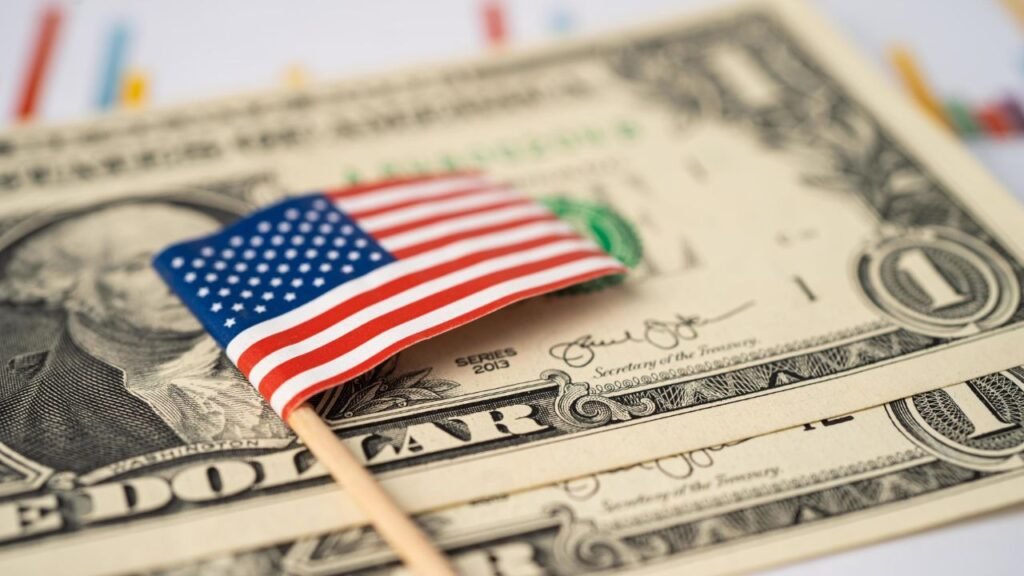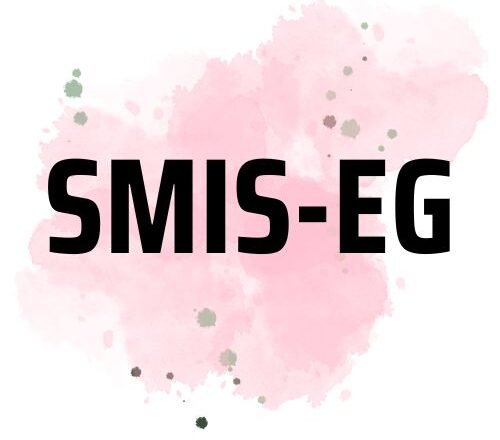As inflation continues to strain household budgets across the United States, several states are moving forward with their own relief initiatives this August. Unlike previous rounds of federal stimulus, these state-driven programs are tailored to local needs providing targeted assistance through guaranteed income projects, tax rebates, and utility relief credits. Understanding which states are offering benefits and who qualifies could help thousands of Americans secure timely financial support this month.
Quick Overview of State Relief Plans
| State | Relief Type | Amount/Range | Key Eligibility Criteria |
|---|---|---|---|
| California | Guaranteed Income | $725/month | Low-income families with young children |
| New York | STAR, HEAP | $300-$1,500 | Homeowners with income below $250,000 |
| Illinois | Tax/Grocery Rebates | $100-$500 | Tax filers, income under set limits |
| Alaska | PFD, Energy Relief | $1,702 total | Full-year residents meeting state criteria |
State-Led Aid Filling the Gap
With no new federal stimulus payments announced since 2023, various states have tapped into surplus budgets to address rising living expenses. Some states have renamed these programs to reflect their purpose, calling them cost-of-living rebates, property tax refunds, or energy credits. Behind each label lies the same goal helping households manage essentials amid economic pressures.
California’s Sacramento Pilot for Family Stability
This month, Sacramento is introducing a year-long guaranteed income pilot, offering $725 per month to 200 selected low-income families. To qualify, households must live in specific ZIP codes, have children under the age of 6, and earn less than 200% of the federal poverty level. In addition to the direct payments, participants gain access to ongoing financial counseling, educational webinars, local community resource connections, and peer support groups making it more than just a cash program.
New York’s Combined Property and Heating Assistance
Mid-August will bring a collective payment to eligible New York homeowners through the STAR Plus property tax rebate and the Home Energy Assistance Program. Depending on property value and income, STAR credits range from $300 to as high as $1,500. Residents in colder regions also qualify for a $150 boost to help with summer utility costs. To apply, homeowners must already be enrolled in the STAR program, have a household income under $250,000, and live primarily in New York.
Illinois Expands Rebates for Essentials

Illinois is distributing both property tax rebates and grocery rebates this August. Homeowners can expect between $200 and $500 in property tax refunds, while low-income households will see between $100 and $250 aimed at offsetting grocery bills. Eligibility depends on having filed a 2024 Illinois tax return, meeting income thresholds, and providing proof of either homeownership or food insecurity. Payments will be sent from August 10 to 25 by direct deposit or mailed checks.
Alaska’s Dividend and Energy Bonus
Alaska’s Permanent Fund Dividend program continues to benefit residents this August with payments totaling $1,702. This includes an annual $1,440 dividend supplemented by a $262 energy relief bonus. Eligible recipients must have lived in Alaska for the entire prior calendar year, not claimed residency elsewhere, avoided certain criminal offenses, and limited time spent outside the state.
What To Do If Your State Isn’t Distributing Payments
Even if your state is not offering direct relief this August, other options may still be available.
You can:
- Review state-specific rebate or bill credit programs.
- Check eligibility for existing federal tax credits like the Child Tax Credit or Earned Income Tax Credit.
- Explore assistance through SNAP, rental aid, heating programs, or Medicaid expansions, which often have rolling application opportunities.
Staying Ahead of State-Specific Programs
As state-led relief becomes more common, residents should regularly monitor local government announcements. Aid can be introduced without much notice, making timely awareness crucial. Whether you reside in a state with recurring programs like Alaska’s PFD or in one where such initiatives are rare, staying informed could make a significant difference in financial stability.

